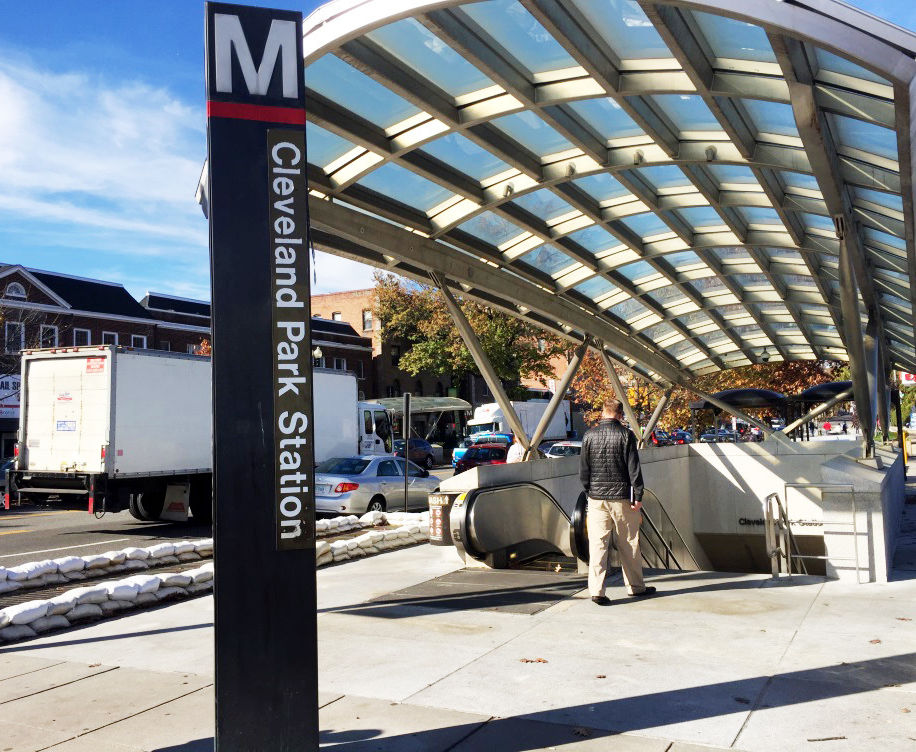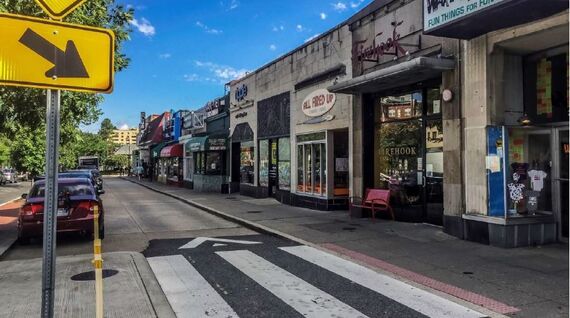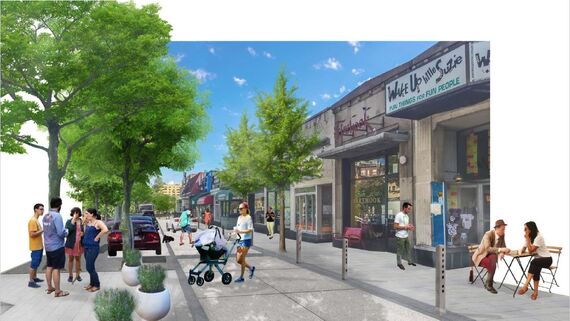
CLEVELAND PARK STREETSCAPE AND DRAINAGE IMPROVEMENTS
WASHINGTON, D.C.
McCormick Taylor worked to implement drainage improvements and improve pedestrian safety, access, and visibility at all intersections near the Cleveland Park Metro Station.
THE CHALLENGE
Washington D.C.’s Cleveland Park neighborhood is a mix of historic, single-family homes and apartment buildings along tree-lined streets. The area lies within walking distance to the trails of Rock Creek Park, the National Zoo, embassies, and the Washington National Cathedral. Eateries, shops, and businesses thrive along Connecticut Avenue, a vibrant commercial corridor with heavy vehicle and pedestrian volume.
DDOT recognized an opportunity to improve pedestrian safety, access, and visibility along this important strip. In particular, they sought to address chronic flooding adjacent to the Cleveland Park Metro Station, improve safety and multimodal accessibility and maintain the corridor’s history.
The goal is to enhance this area by elevating the pedestrian experience, delineate clearly defined flexible zones in the public space, and create spaces that will make Cleveland Park a destination worth visiting.
HOW WE HELPED
McCormick Taylor analyzed the existing drainage system and streetscape. We also analyzed the existing corridor to determine potential areas to increase traffic and pedestrian safety by improving the streetscape along Connecticut Avenue, where excessive storms were creating flooding issues along the roads due to poor drainage, and introduced green infrastructure, new LID/bio-retention, and permeable paving.

RESULTS
When completed, the Cleveland Park Streetscape and Drainage Improvements project will turn the area into a shared space for pedestrians and motorists in search of parking, while addressing chronic flooding.
Construction began in March 2021 and is looking to be completed by February 2024.

